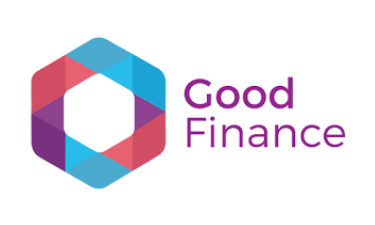
This page and the webpages linked are designed to help you take your first steps into measuring, understanding, and improving your impact.

Complete this free and simple questionnaire to receive a tailored report on what data to collect through your impact practice, and how to go about it.

The Outcomes Matrix is a practical tool to help social impact organisations plan and measure their social impact in terms of outcomes. The tool includes outcomes and measures for nine different outcome areas and four lenses for considering the service users of your organisation

Used by more than 150,000 businesses, the B Impact Assessment is a digital tool that can help measure, manage, and improve positive impact performance for environment, communities, customers, suppliers, employees, and shareholders; receiving a minimum verified score of 80 points on the assessment is also the first step towards B Corp Certification.

All investors and companies create positive and negative effects on society and the environment. Impact investors seek to maximize the positive and minimize the negative by using the IRIS+ system to integrate social and environmental factors into investment decisions alongside risk and return.

This is an Excel spreadsheet of the value map with preset formulas to help you calculate your impact. The template also includes a page of guidance notes to assist you in using the value map.

The Global Reporting Initiative allows social entrepreneurs to upload their own report, but also browse through thousands of others, getting new business sustainability and impact ideas

The Higg Index is a suite of tools for the standardized measurement of value chain sustainability, and it is central to the SAC’s mission to transform businesses for exponential impact.

Define, track, realize, and optimize your environmental and sustainability goals with xthe ESG and Sustainability Cloud

The Sustainable Development Goals are the blueprint to achieve a better and more sustainable future for all. They address the global challenges we face, including poverty, inequality, climate change, environmental degradation, peace and justice. Learn more and take action.

The purpose of this guide is to standardise practice, develop the methodology, and provide more clarity on the use of SROI. It has been written for people who want to measure and analyse the social, environmental and economic value being generated by their activities or by the activities they are funding or commissioning.

From 2016 to 2018, the Impact Management Project (IMP) convened a Practitioner Community of over 3,000 enterprises and investors to build global consensus on how we measure, improve and disclose our positive and negative impacts (otherwise known as “impact management”). The resulting consensus (or “norms”) provide a common logic to help enterprises and investors understand their impacts on people and the planet, so that they can reduce the negative and increase the positive. These resources migrated to Impact Frontiers following the IMP’s conclusion in 2021.

Carbon Planner is free and could support you to become a more sustainable and climate conscious organisation, and help you to identify potential cost and carbon savings too. Use it to measure your carbon footprint by answering a few questions, get tailored actions and start building a plan to reduce your emissions.
